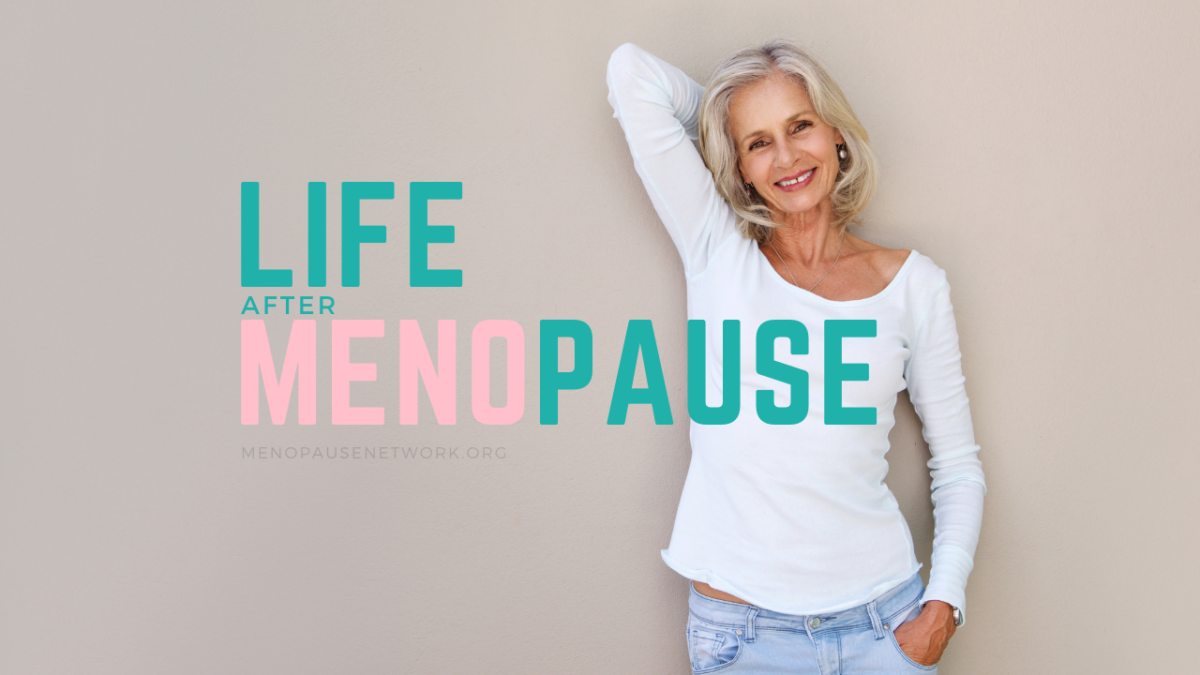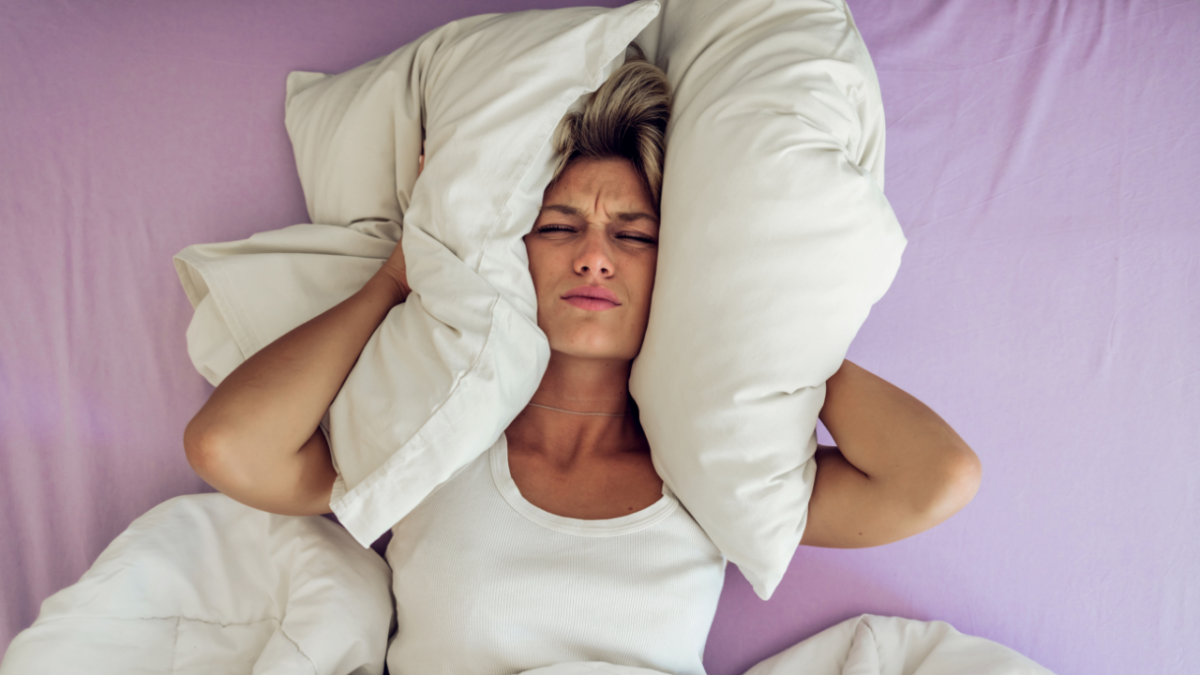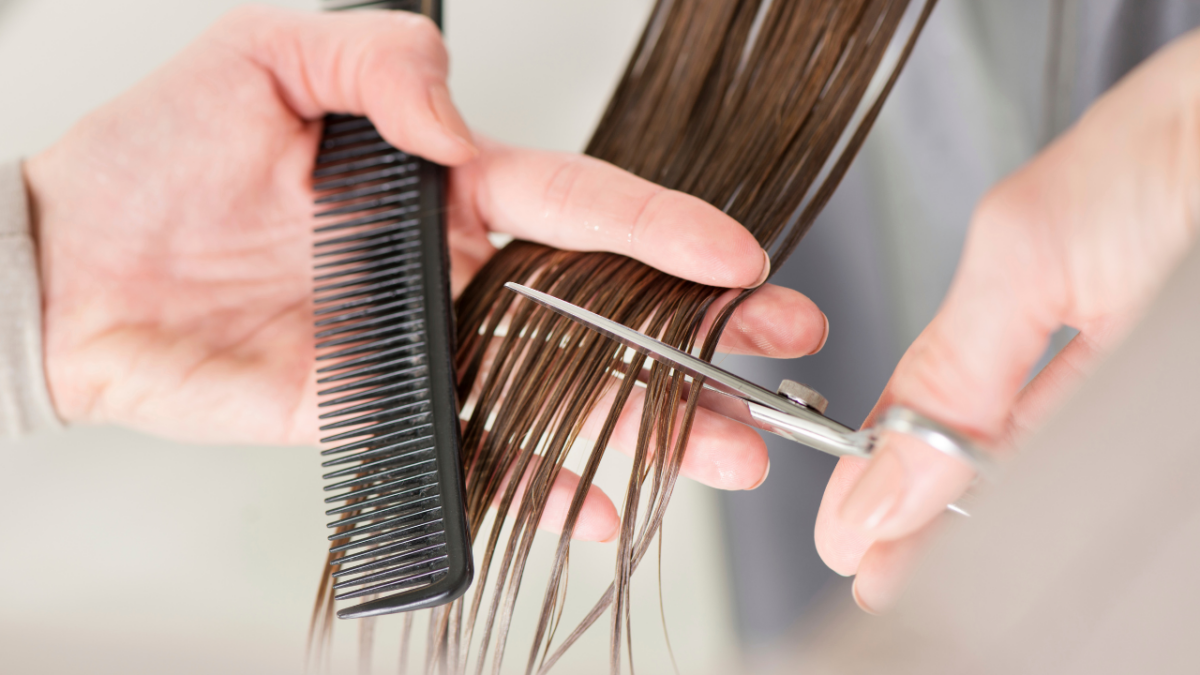Self-Care Rituals for Women 40+: How to Prioritize Your Wellbeing and Feel Your Best Every Day
Taking care of yourself isn’t just bubble baths and candles—although, let’s be honest, those don’t hurt. Real self-care is about intentionally nurturing your mental, emotional, and physical health. When life gets chaotic, it’s easy to put yourself last, but having solid self-care rituals in place keeps you grounded, healthy, and more capable of showing up for everyone around you. If your self-care game is more “to-do list” than “soul-refreshing,” this article is your cue to refocus.
Here’s how you can build and prioritize self-care rituals that actually make a difference in your life.
1. Start with the Basics: Sleep, Nutrition, and Movement
Before diving into elaborate skincare routines or journaling marathons, nail down the essentials: sleep, healthy food, and movement. These three pillars are often neglected when stress levels rise, but they lay the foundation for your wellbeing.
- Sleep: Aim for 7-9 hours a night, and stick to a wind-down ritual—think reading, herbal tea, or gentle stretches. A bedtime routine signals your brain that it’s time to switch off.
- Nutrition: Nourish yourself with whole foods that fuel your energy, not deplete it. Keep it simple with meals you enjoy (and don’t forget water!).
- Movement: Exercise doesn’t have to be grueling. Find activities you actually like—whether it’s dancing around the kitchen or walking in nature.
Pro Tip: Can’t find time to exercise? Micro-movements like 10-minute yoga flows or taking the stairs still count!
2. Create a Morning Ritual That Sets the Tone
Mornings are sacred—whether you’re an early bird or a “three alarms” kind of person. Building a mindful morning ritual can make a big difference in how you feel throughout the day.
- Gratitude Journaling: Write down three things you’re grateful for before reaching for your phone.
- Mindful Breathing: A few deep breaths set the stage for a calmer mind.
- Coffee or Tea Time: Sip slowly—no multitasking allowed. Turn this into a mindful practice by savoring the experience.
Quick Hack: Feeling rushed? Even five minutes of stillness can reset your mind for the day ahead.
3. Find Joy in Micro Moments of Self-Care
You don’t need hours of free time to take care of yourself. Tiny self-care moments throughout the day can work wonders.
- Stretch at Your Desk: Loosen up those shoulders during a work break.
- Screen Breaks: Step away from your phone or laptop every 90 minutes to recharge your brain.
- Laughter Breaks: Watch a silly TikTok or share a meme with a friend. It’s scientifically proven—laughter is good for you!
The goal is to sprinkle self-care into your day rather than waiting for the perfect time (which, spoiler, may never come).
4. Say “No” and Reclaim Your Time
You can’t pour from an empty cup. Learning to say “no” without guilt is an essential part of self-care. It’s okay to skip a social event or delegate tasks when your energy feels depleted.
- Practice Boundaries: Be clear about your needs. A polite “I can’t today” is perfectly acceptable.
- Prioritize What Matters: Use a simple checklist to keep your focus on things that energize you instead of drain you.
Mantra: Saying “no” to others is saying “yes” to yourself.
5. Unplug to Recharge
In a world that’s always connected, taking time to unplug is more than just a luxury—it’s a necessity.
- Set Screen-Free Zones: Keep your bedroom phone-free for better sleep.
- Digital Detox Days: Schedule time to disconnect from social media and emails, even if it’s just for an afternoon.
- Nature Therapy: Spend time outdoors. It’s a natural mood booster and great for your mental health.
6. Find What Grounds You
Self-care looks different for everyone. The trick is finding what brings you peace and creating rituals around it.
- Meditation: Even 5-10 minutes can reset your mind.
- Creative Outlets: Painting, knitting, baking—any activity that lets you focus and unwind works.
- Spiritual Practices: Whether it’s prayer, tarot, or yoga, lean into whatever grounds your spirit.
The beauty of self-care is that it’s deeply personal. Experiment with different practices to see what resonates with you.
7. Celebrate Your Wins—Big and Small
Sometimes, just surviving a tough week is an achievement worth celebrating. Acknowledging your progress (no matter how small) boosts your sense of wellbeing.
- Keep a “Win” Journal: Write down small victories, like cooking a meal or finishing a book.
- Celebrate with Kindness: Treat yourself to something special, whether it’s a cozy bath or a new book.
- Share the Joy: Celebrating with friends? Send a quick message to share your progress—they’ll be inspired too!
8. Make Self-Care a Non-Negotiable Part of Your Routine
Here’s the deal: Self-care is not selfish. When you take time to care for yourself, you show up as a better version of yourself for the people around you.
The trick is consistency. Start small—maybe with one ritual you genuinely enjoy. Over time, these rituals become habits that you can’t live without.
Final Thoughts
Self-care isn’t about perfection; it’s about progress. Your rituals will evolve as your needs change, and that’s perfectly okay. What matters most is that you show up for yourself, day after day. So whether it’s a slow morning coffee or a spontaneous dance party, embrace whatever makes you feel good—and make it a part of your everyday life.















































